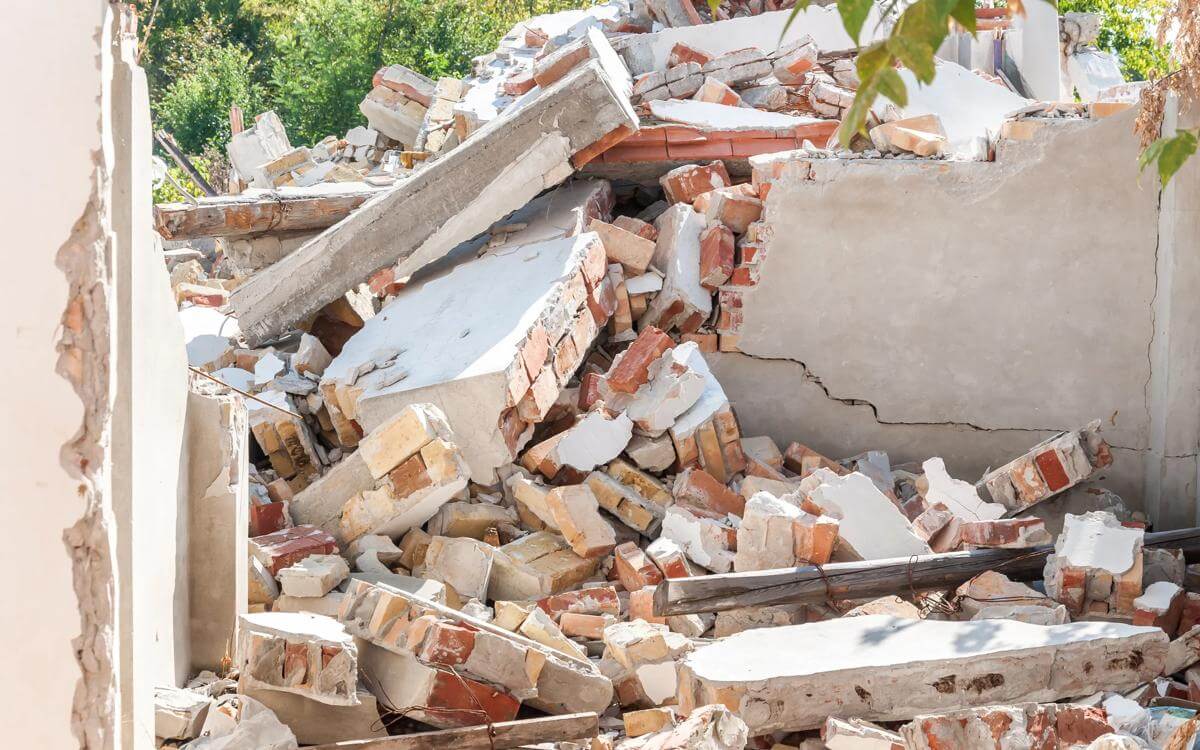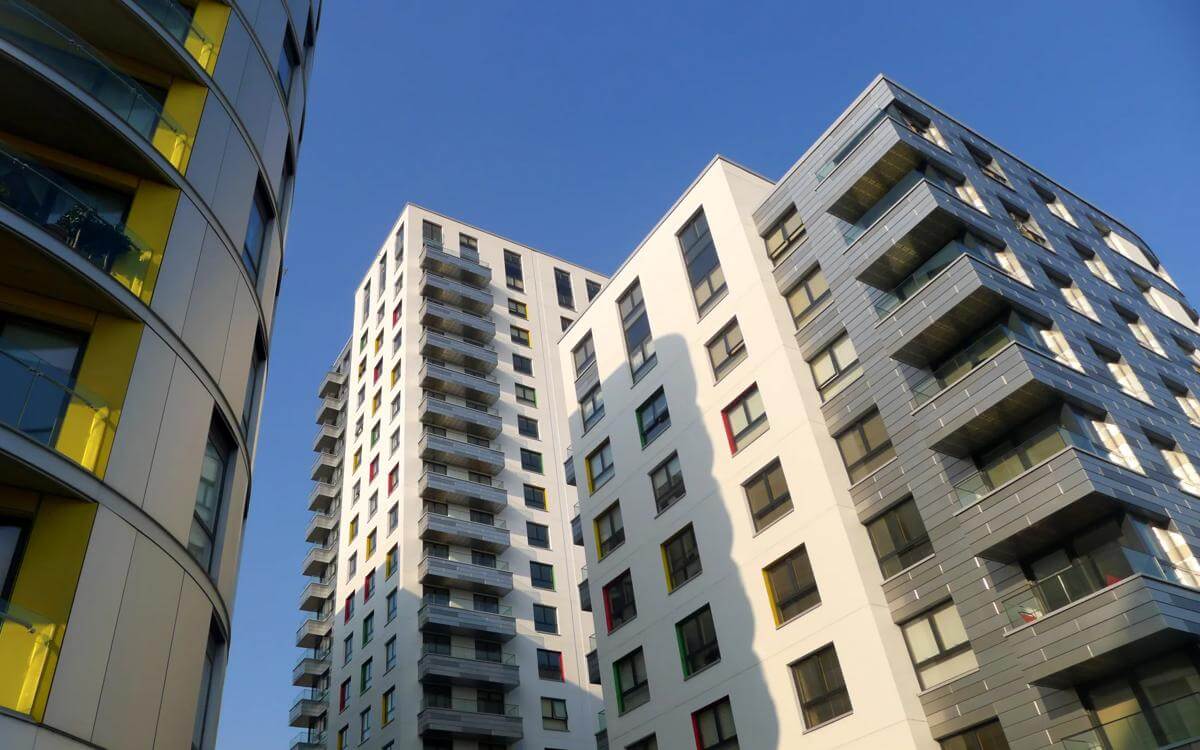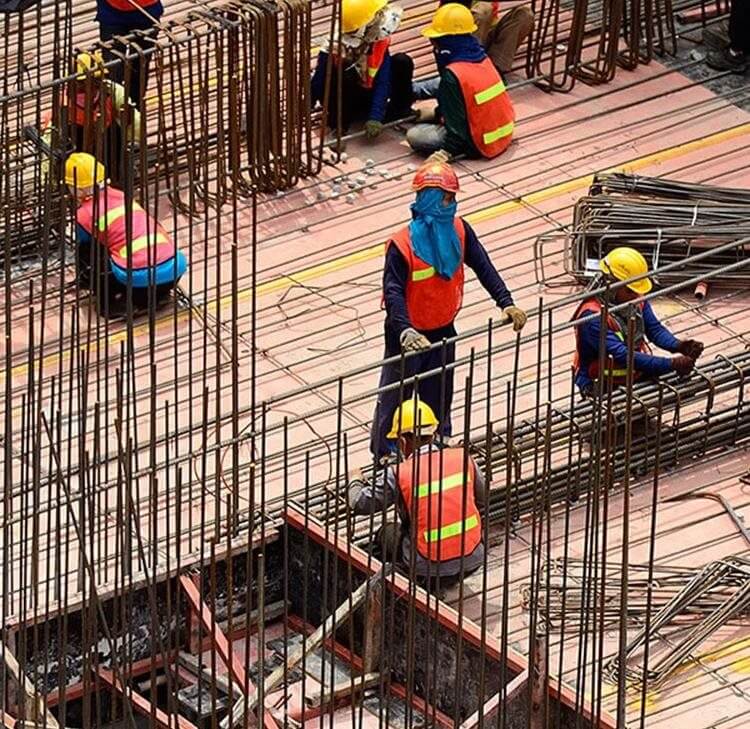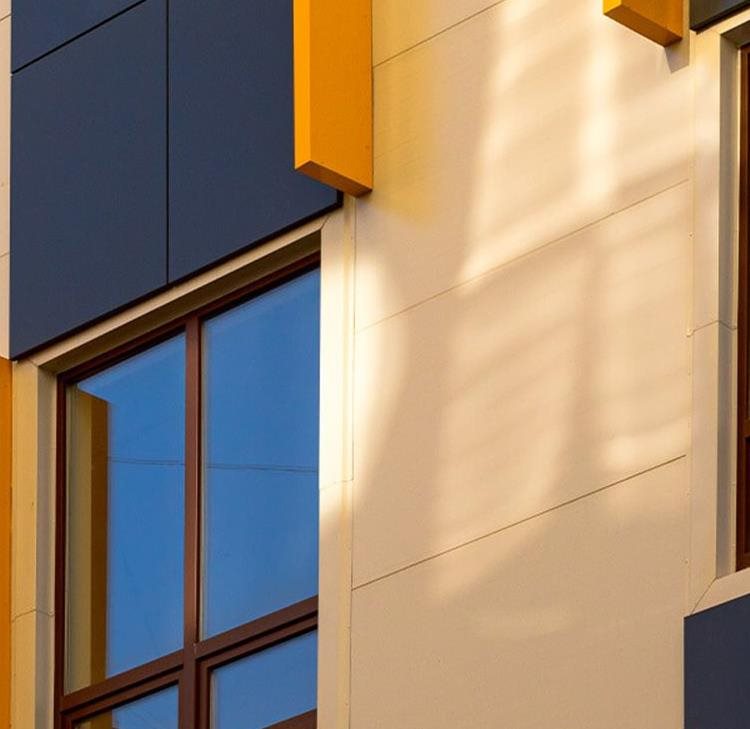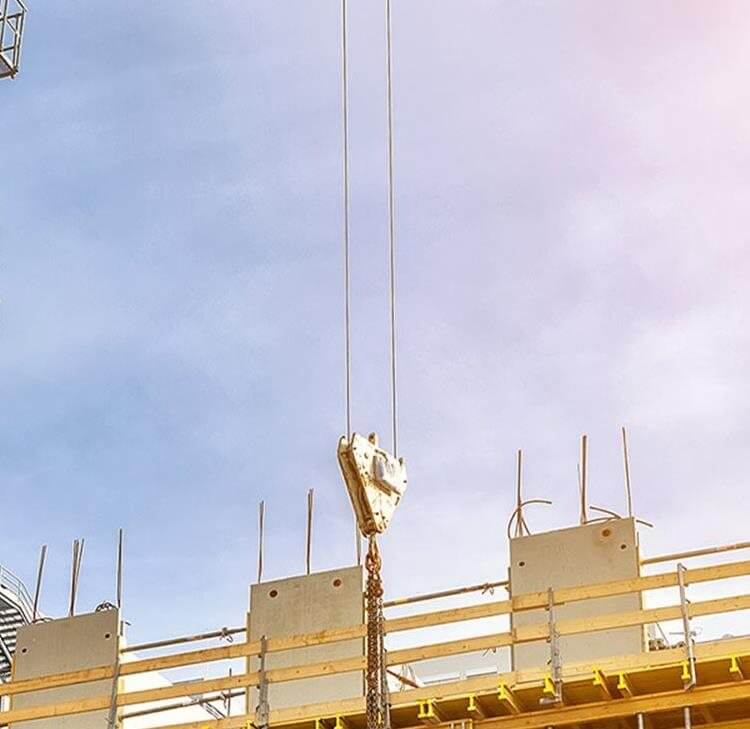An issue currently in the spotlight is the use of Reinforced Autoclaved Aerated Concrete ('RAAC') in schools, hospitals, courts and other public buildings, usually those constructed in the 60's and 70's. Just before the start of the new school term, the Government closed affected schools pending further investigation and mitigation works.
However, the issue is not limited to schools as RAAC has now been found in university, local authority, hospital, court, aviation, commercial and private sector buildings. For the construction sector still grappling with the fallout from cladding, RAAC looks set to be the next headache.
RAAC is an aerated cementitious building material (akin to bubbly chocolate!), with structural steel rebar support beams. It is quicker, easier and cheaper to construct and install than traditional concrete. Two fundamental downsides are its inferior durability – water ingress causes significant weakness – and a c.30-year lifespan.
Whilst the use of RAAC can be found in walls and cladding, it’s its use in roofs that is causing the most concern. This is because the panels were installed and then often covered in a Bitumin felt roof covering, that typically has a life span of 12-15 years. Alongside other issues with insufficient supporting bearings, where the roof has not been adequately maintained over the years, water ingress may have penetrated, causing corrosion to the steel reinforcement bars within the RAAC slabs. The roof then sags, causing pooling of rainwater, and the subsequent increase in load on the roof leads to the risk of collapse.
This leads to interesting policy coverage questions over how RAAC might be treated. There will be questions over whether such claims for remediation or following collapse would be covered, where the issue is one of an inherent design defect, gradually operating causes or damage caused by poor maintenance. Water ingress, on the other hand, often is covered.
Investigations into the building materials used, the history of any maintenance schedules and what precisely was the cause of the damage, are likely to be key.
Depending upon the precise wording, all damage arising out of the incident may be excluded. Alternatively, the costs of the roof repair may be excluded, but any damage caused to other parts of the building may be covered. It may well be that the availability of cover will be determined by the extent to which exclusions are limited to proximate causes or are sufficiently broad to capture indirect causes.
Business interruption claims may piggyback off reinstatement claims (and be contingent upon the coverage outcome of those claims) or may stand alone e.g. denial of access or loss of attraction. Insurers should carefully consider their wordings and take account of the recent BI authorities.
Professional negligence / breach of duty claims against a whole host of property professionals may follow – including building surveyors, estates managers, H&S consultants and construction specialists – the list goes on. That is if those entities still exist given the passage of time.
One might also envisage D&O claims coming down the track.
Limitation, particularly the 15 year long-stop, is likely to shield many potential claims – that is unless a cause of action under the Building Safety Act 2022 can be formulated (in which case limitation may be extended to up to 30 years) or a continuing cause of action is established.
Whether, and if so, how, this will trigger an expansion of the existing legal framework given the historical nature of this problem remains to be seen. The Government may leave it to courts to deal with (as was the case with pandemic-related BI losses) or take a more proactive approach (as with cladding) and may amend the Building Safety Act 2022. Either way, government consultation with insurers is a must.
Contents
- Perils: Property insurance claims newsletter - October 2023
- Underlying contracts remain key in arguments over scope of co-insurance
- Recklessness not ‘accidental’ when it comes to trespass
- Property damage oil spills, reliance and duties of delivery drivers
- The Supreme Court considers limitation in environmental nuisance claims
- Incorrectly named insured policy dispute - was the broker or insurer liable?
- Australian Court of Appeal considers welding exclusion
- Contractors' liability and contract works exclusion
- FOS: complaints involving damage to underground pipes
Key contacts

Rachael Murphy
Principal Associate
rachael.murphy@brownejacobson.com
+44 (0)115 976 6219







